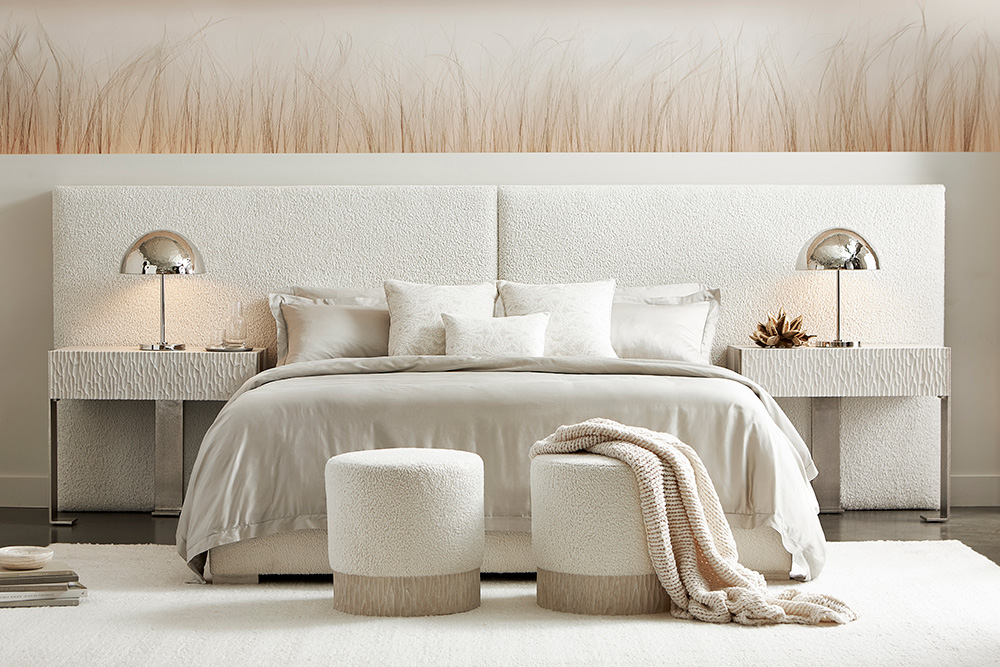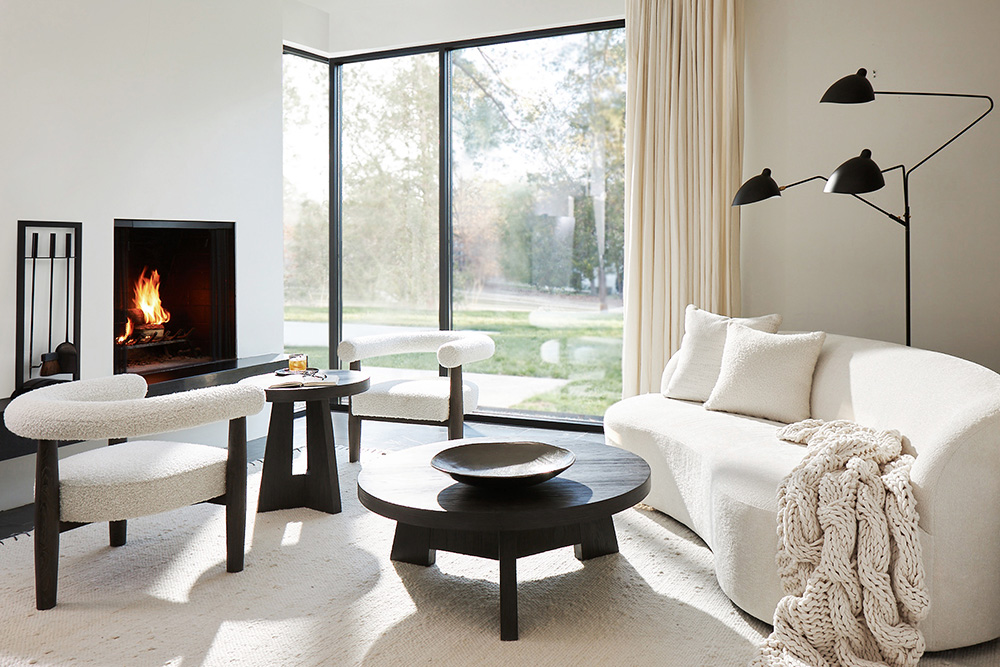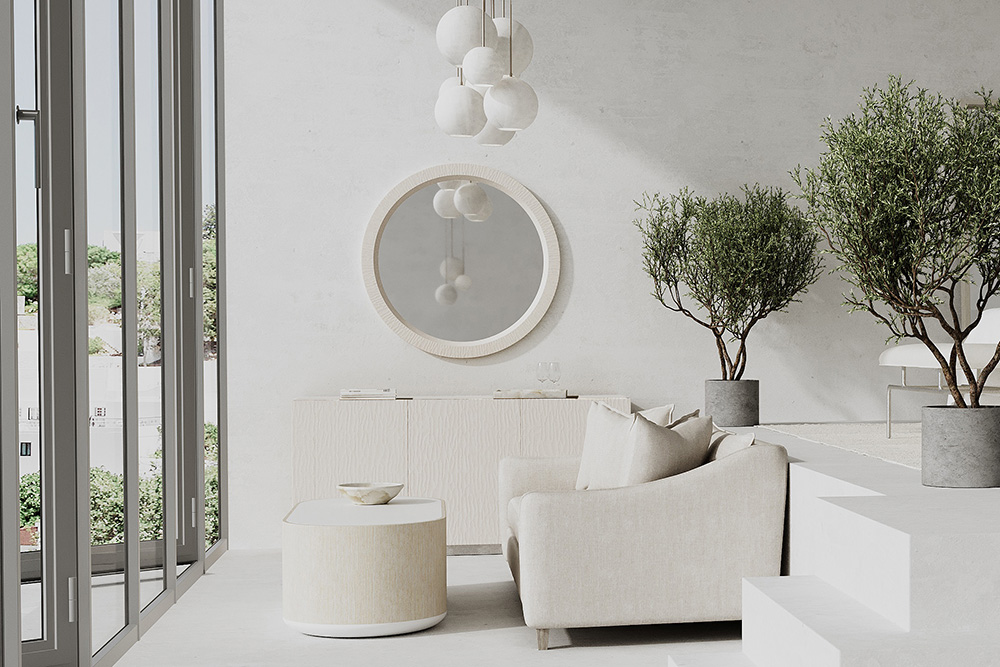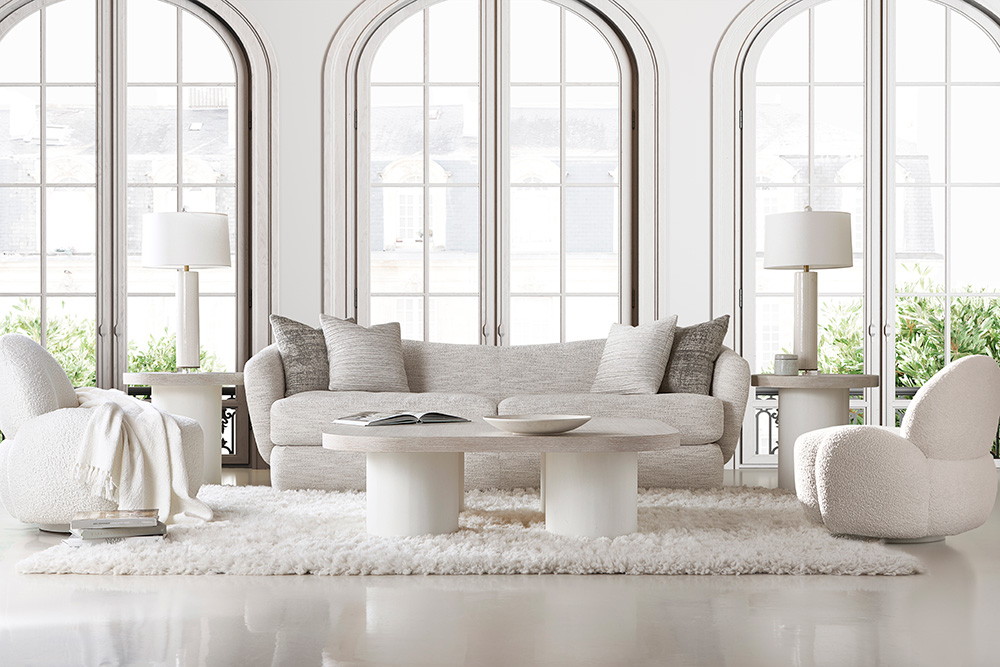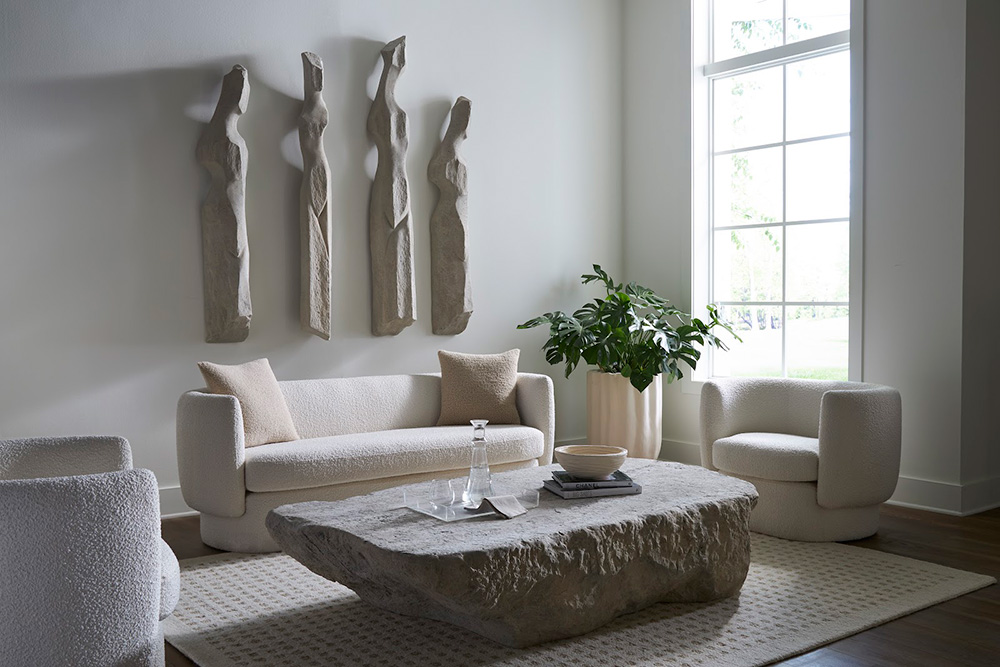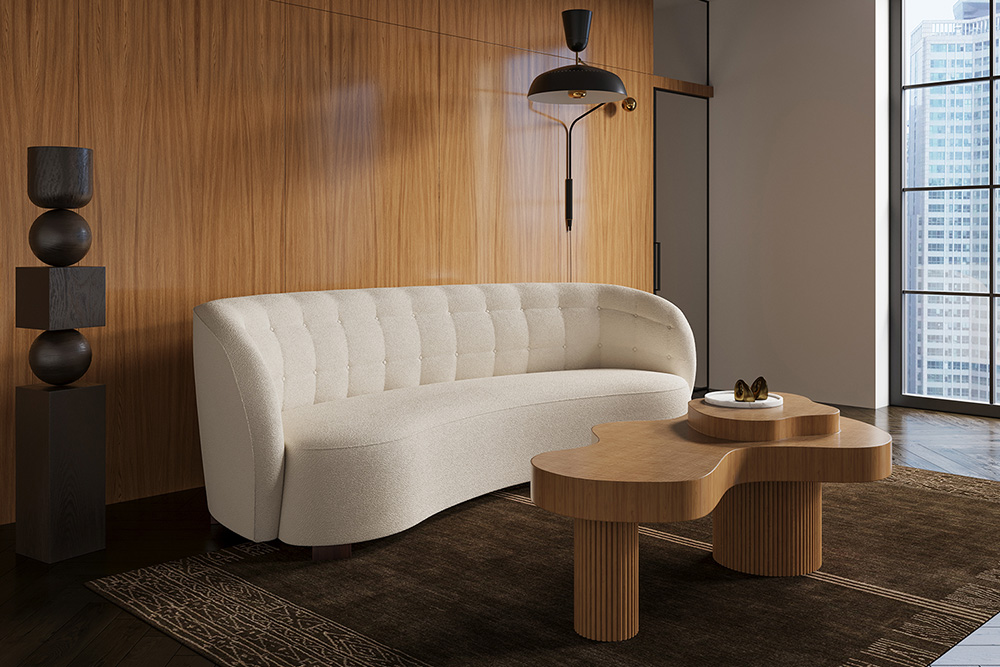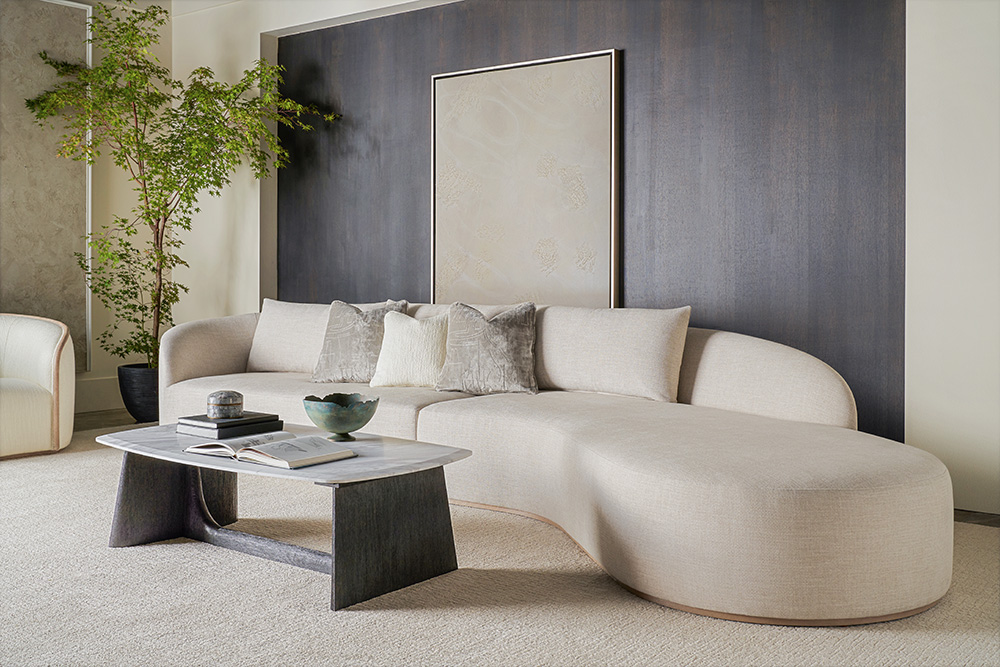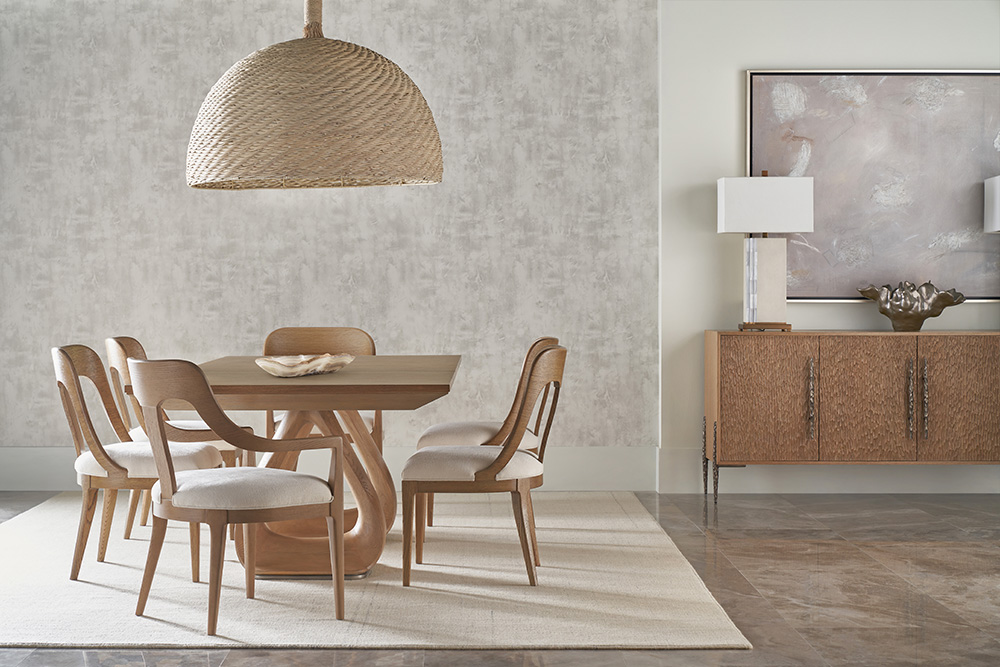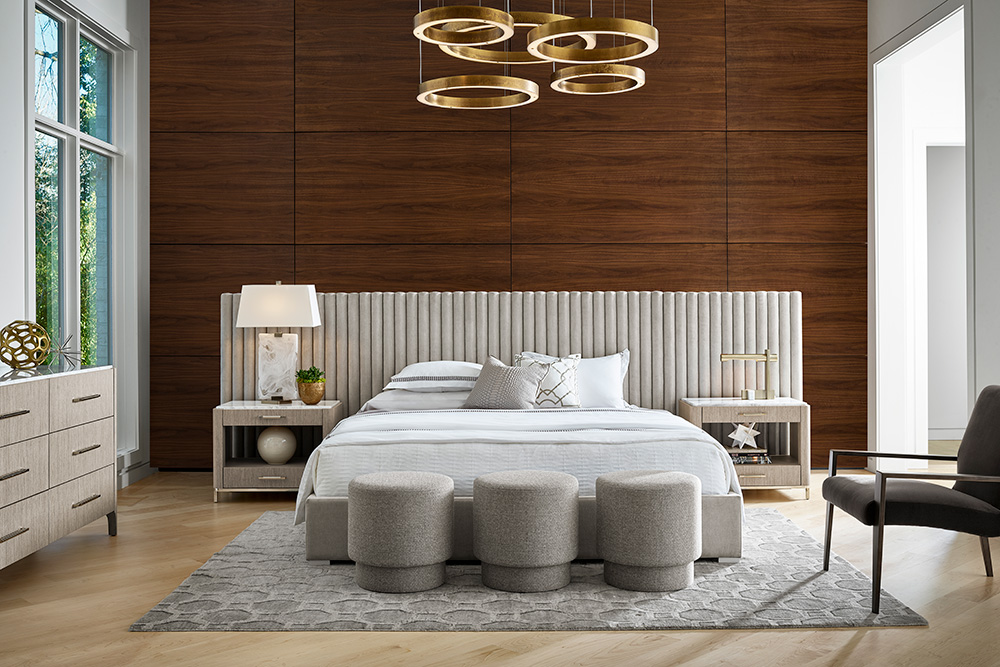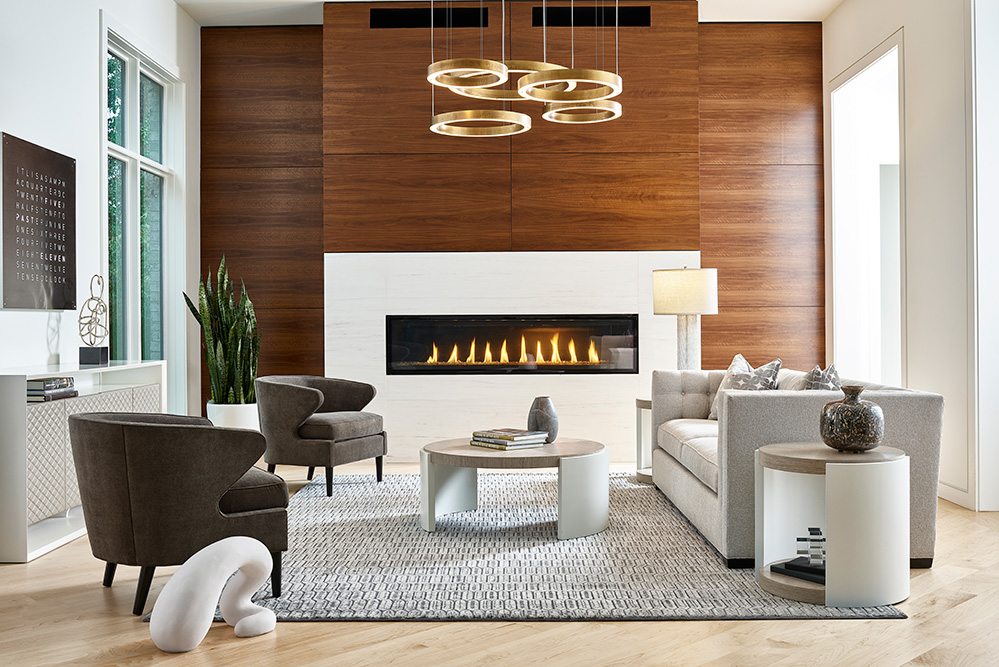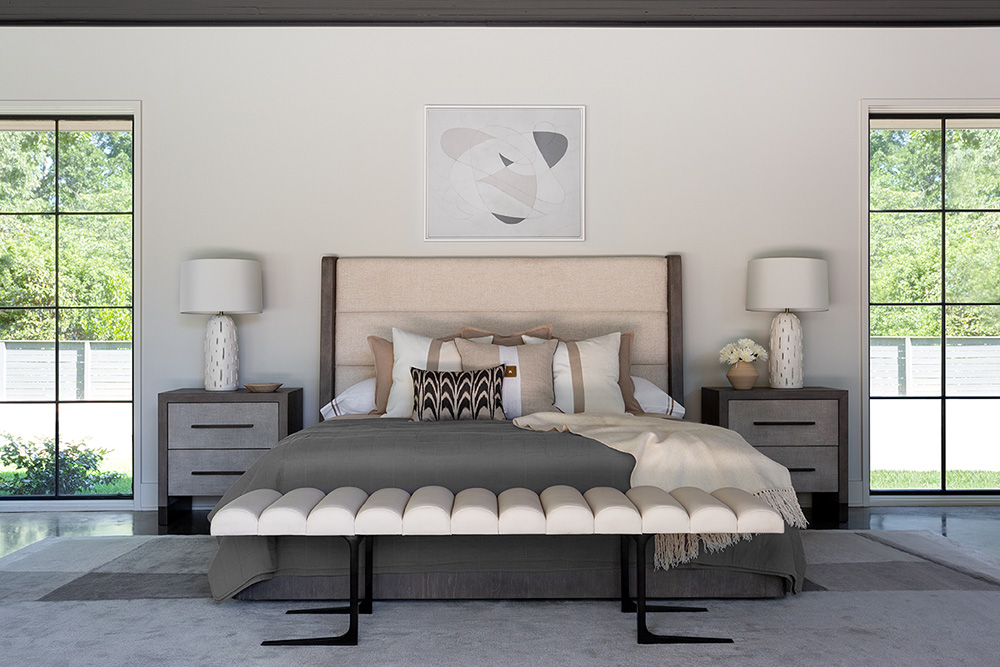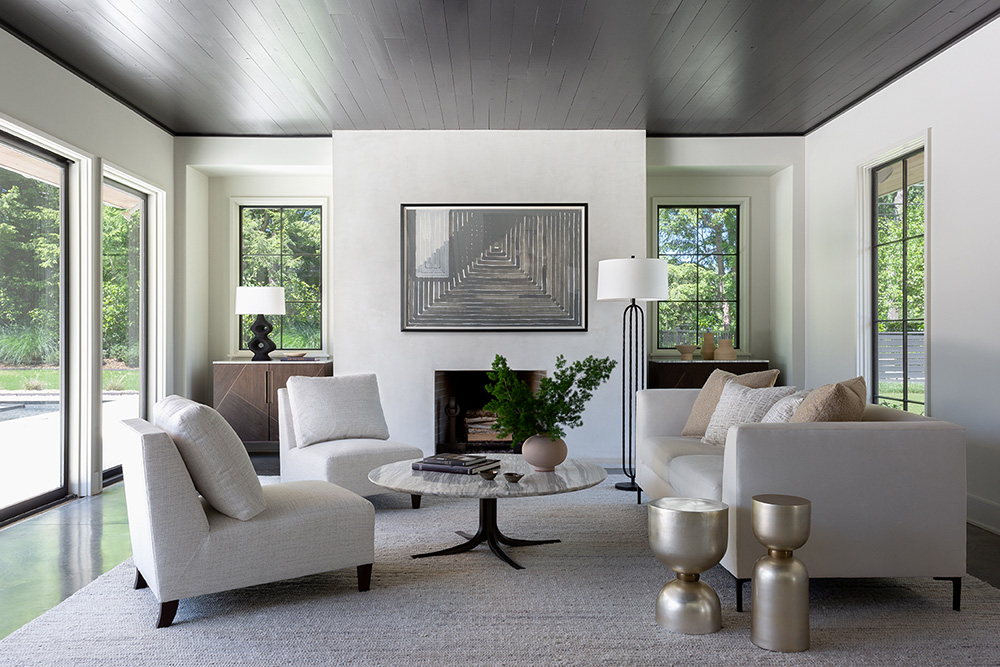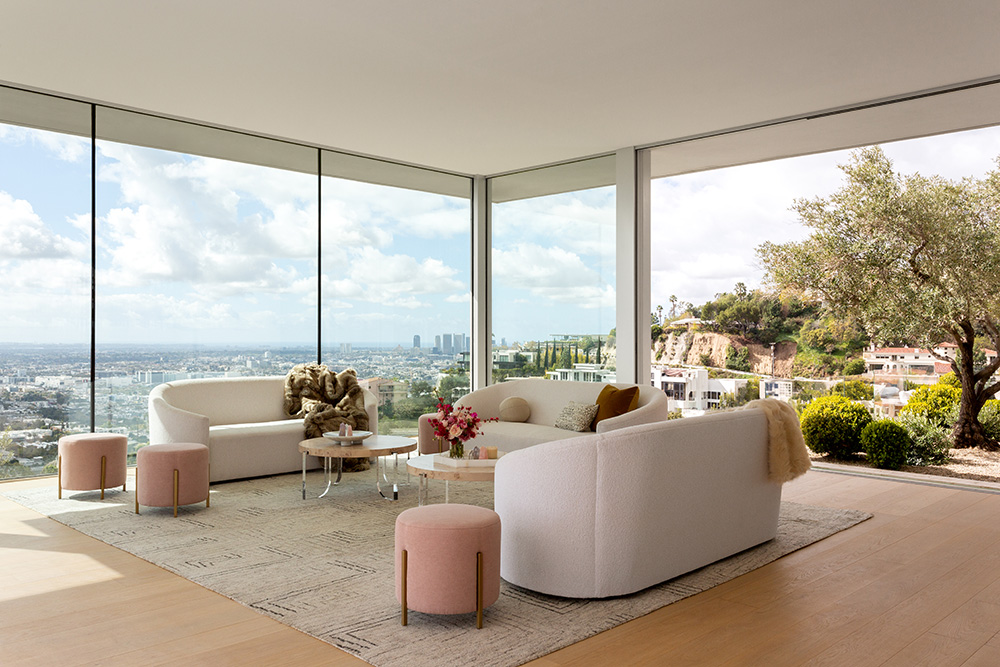Contemporary


History of the Contemporary Style
The concept of Contemporary as a stand-alone style evolved from the Mid-Century Modern movement of the 1940s and 50’s. In the 1970s, designers began to merge Mid-Century Modern design with popular aesthetics into a personalized and trendy look to create the Contemporary style. Over the years, Contemporary has come to refer to a fluid design that bridges multiple influences and adapts to ever-changing popular trends and the tastes of the designer.
Often used as a bridge between Modern and Minimalist styles, Contemporary design uses them as a shell filled with unique pieces and updated decor. Even the core elements to this design are subject to change as trends come and go. Currently, those core elements are clean, curved lines, natural and sustainable materials, and an overall minimalistic feel.
Another piece of this design to consider is geographic location. Trends in different markets drive the Contemporary design elements of their regions. For example, a Contemporary home in Nashville will look starkly different from Contemporary homes in Atlanta, Orlando, or New Orleans – and that’s just in the Southeast.
Contemporary is considered one of the most exciting and challenging opportunities in the design industry. It’s the preferred style for those who have the budget and desire to continually update their homes and keep up with the latest trends. By nature, it is a high-maintenance look and not for the faint of heart.
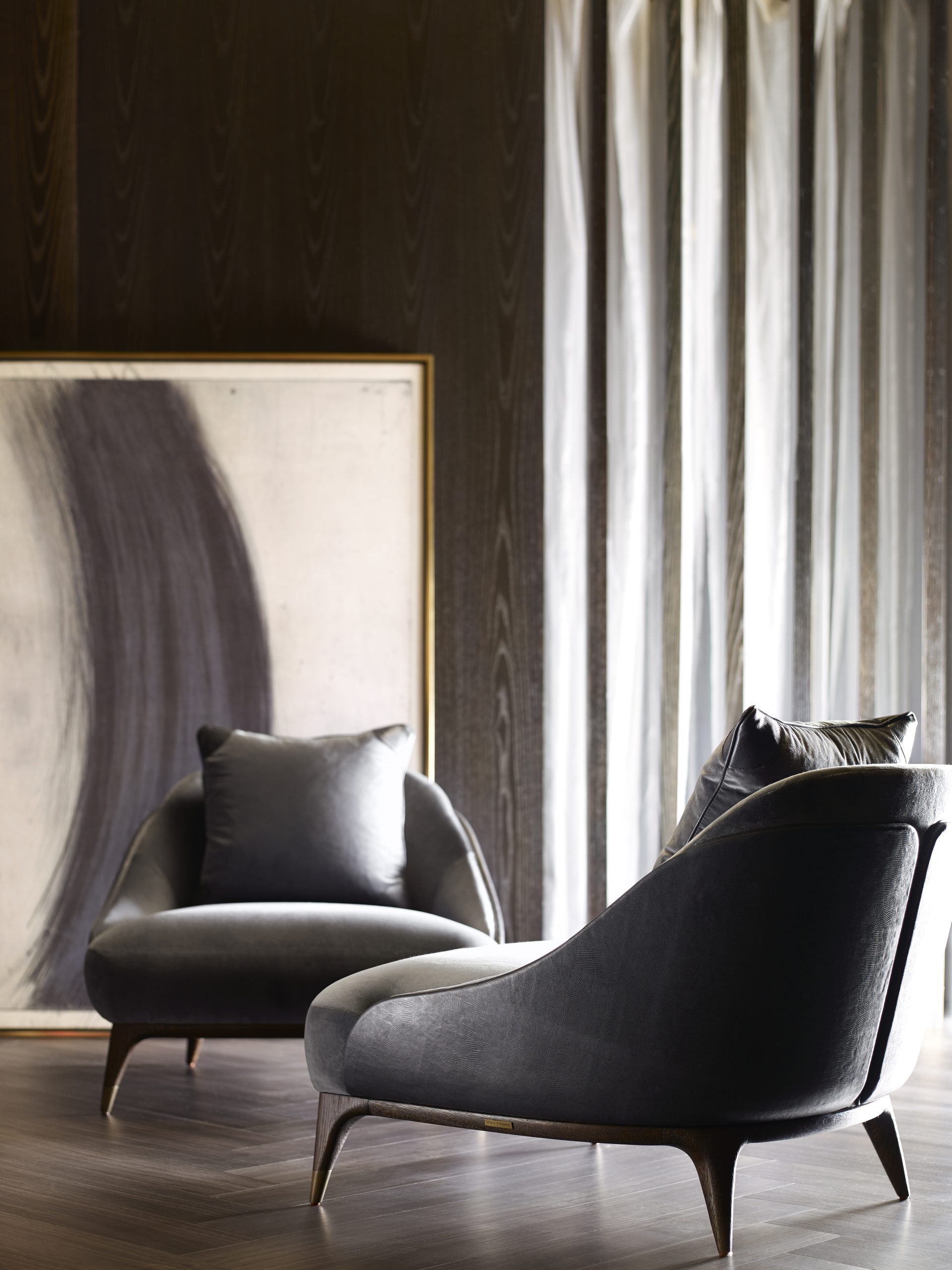
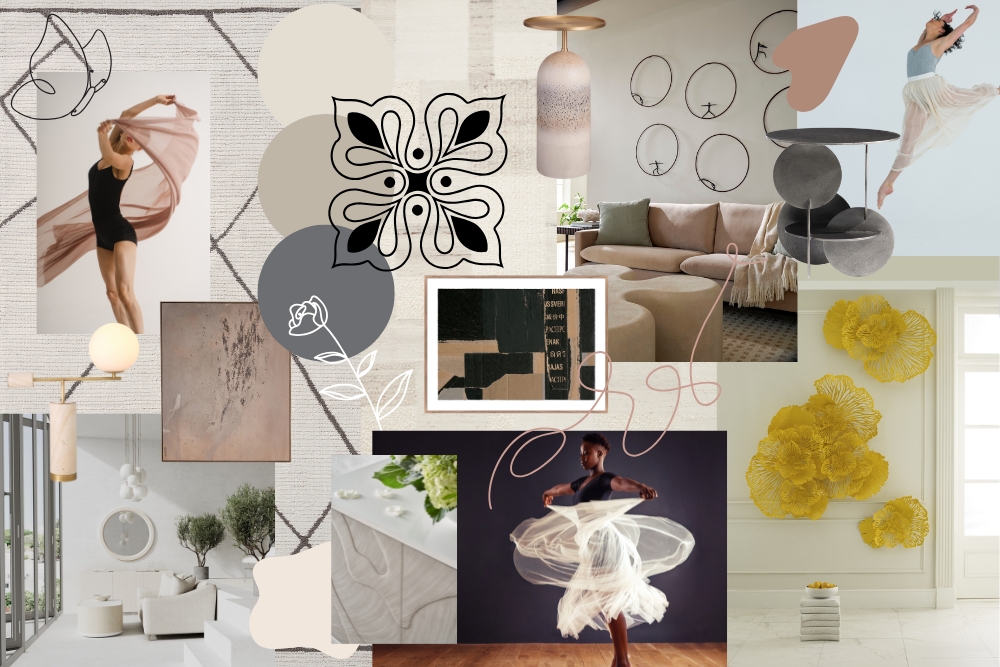
Contemporary Style is ever changing and evolving to match the latest and greatest of modern trends.
The core of this aesthetic is intentionality – clean, curved lines create a natural flow throughout the room, high-quality materials exude luxury, and cool tones in sharp contrast set an ambiance of calm assurance with a flair of drama.
By its nature it is of the more intensive styles to maintain, requiring regular updates to stay current to trends and therefore contemporary to the times.
